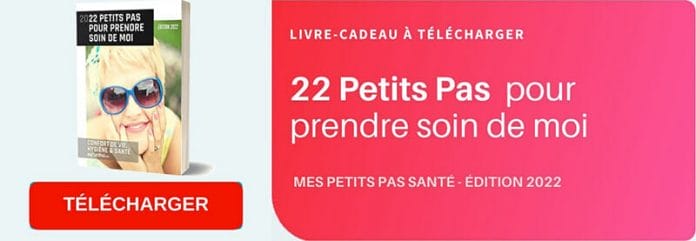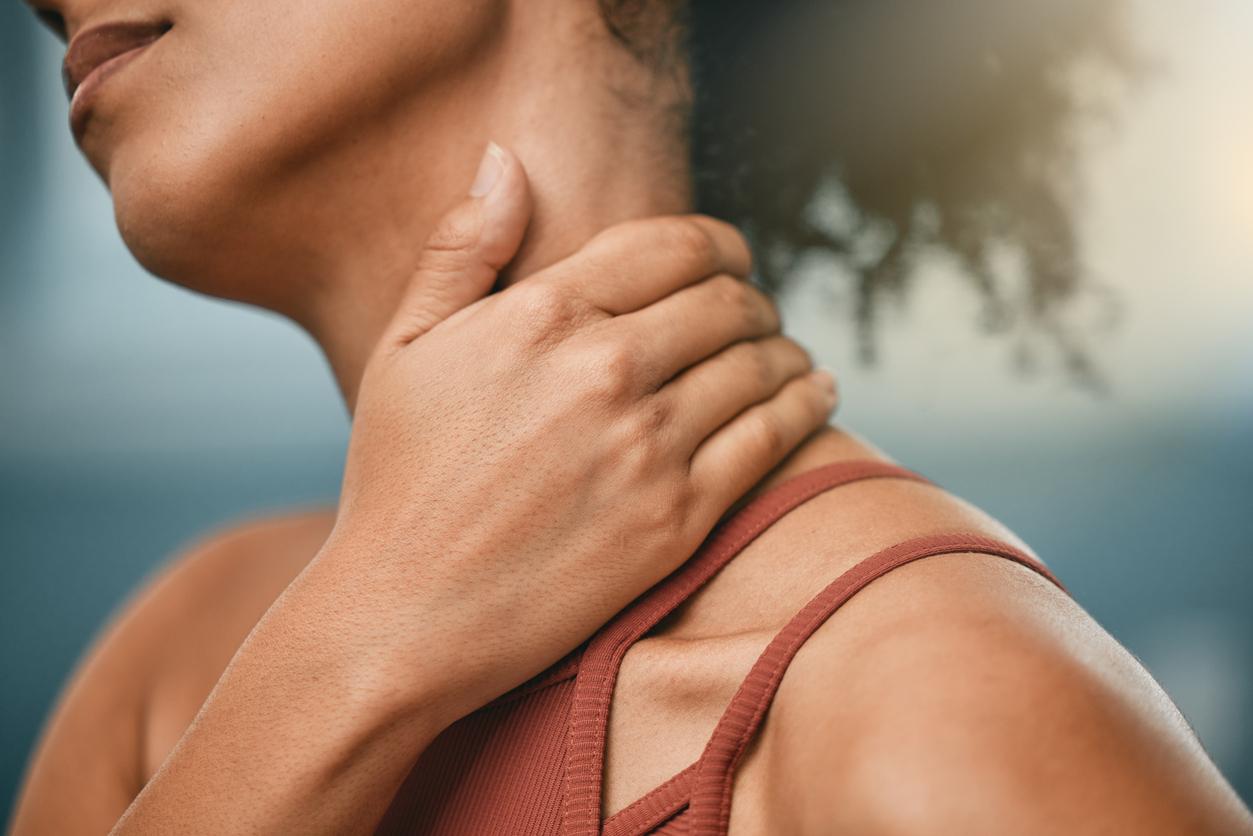Tired of anti-inflammatories and recurring pain that ruin your life? If you are looking for a natural treatment for your chronic joint pain, you are in luck. There are simple pain relief solutions that help restore a good quality of life.
Among the alternative solutions, complementary to treatments, which can help to effectively reduce pain, we can first mention breathing and visualization. These are ancestral practices in the same way as plants, poultices, massages, etc. Here are 5 natural pain relief treatments that have proven their effectiveness.
1. Relaxation
Overall stress intensifies the pain. It acts on the autonomic nervous system (the one who manages our vital functions) by favoring the orthosympathetic branch to the detriment of the parasympathetic branch. However, this overstimulation has many deleterious effects: the body and the mind end up operating in overdrive.
Upon arrival, you suffer from chronic anxiety, you sleep poorly, fatigue sets in, digestion becomes disrupted… And above all, tissue degenerative phenomena are accentuated, cellular aging accelerates and inflammation sets in.
There are many anti-stress techniques: sophrology, mindfulness meditation, relaxation, autogenic training… Introduce yourself to one or the other according to your desires.
And if you want to “keep it simple”, add visualizations to your breathing exercises. For example, you can imagine your pain as a gray smoke that escapes with each exhale, to be replaced on the next inhale by a soothing golden mist.
2. Pain-relieving essential oils
These plant extracts form the basis of your natural pain relief pharmacy. If your pain is muscular, opt for the essential oil of lavender which has an unparalleled relaxing action. If it’s joint pain, generalized or not, consider wintergreen essential oil and lemon eucalyptus essential oil, both of which are anti-inflammatory. If you’re feeling stressed, turn to German chamomile essential oil, both painkiller and stress reliever…
You can use them in local friction on reduced areas (wrist, knee, etc.) at the rate of 5 drops in a teaspoon of basic vegetable oil (wheat germ, sweet almond, evening primrose, etc.).
On larger areas (back, legs, etc.), prefer massages with a more diluted preparation: 10 drops in a tablespoon of base oil.
3. Medicinal plants
Again, you have a wide choice. Some have proven painkillers, such as willow bark and meadowsweet, which contain substances from which the famous aspirin was synthesized. Horsetail is both remineralizing (very useful for strengthening bone and connective tissues) and diuretic.
Also think of botswellia, a plant from India which has precious anti-inflammatory properties, harpagophytum which contributes to the regeneration of joint tissues, or Canada fleabane which is both analgesic, anti-inflammatory and diuretic. . A winning trio!
Preferably prepare your herbal teas with spring water. Do not let your plants infuse too long (3 to 5 minutes is enough). For decoctions, respect the recommended cooking and pausing times.
4. Massages
When a mother puts her hand on the painful knee of her child who has just fallen, she instinctively reproduces a very old gesture whose validity we know today. The touch of a hand on the skin relaxes tense muscles, relieves nervous tension, soothes pain by stimulating the presence of natural painkiller molecules, activates blood circulation which brings our endogenous anti-inflammatory molecules to the spot. Among others.
If a simple caress can have so many effects, imagine the impact of a complete massage on your body! So do not deprive yourself of this tool against joint pain.
If you can, get a massage from a specialist who will respect your body and your pain. Otherwise, ask your loved ones to massage you, being very careful to keep your hand light and not to insist on very painful areas.
5. Poultices for joint pain
Whether you prepare it with clay or with plants, they relieve pain and calm local inflammation.

Clay is a natural earth with a strong absorbent power. It “draws” the waste stored in the tissues to it, which frees the muscles and joints. Simply mix it with water to make a paste, which is then spread over the painful area. Let stand for twenty minutes then rinse with clear water.
To prepare a herbal poultice (choose anti-pain and anti-inflammatory), prepare a herbal tea, then keep the plants wet. Spread them on a gauze, then put on the painful area and leave everything in place for half an hour before rinsing.
In either case, the active ingredients will penetrate through the skin to reach the bloodstream, which will distribute them to the tissues that need them. Ideal for joint pain.
Choose the temperature of your poultice depending on your feelings. The more intense the inflammation, the more the preparation must be fresh, even cold. So try, grope, you will quickly find the temperature that suits you.
It’s at one new lifestyle that your pains finally invite you. And you will reap many benefits. Because beyond their relief, you will gradually discover that you sleep better, that you feel less tired, that you digest better… All this because of the rebalancing that will put your whole body back on track.
” In this world, when a pain disappears, a joy is reborn. All balance each other » wrote Albert Camus in his notebooks. A formula that also adapts to joint pain. So put some joy back into your life!



















